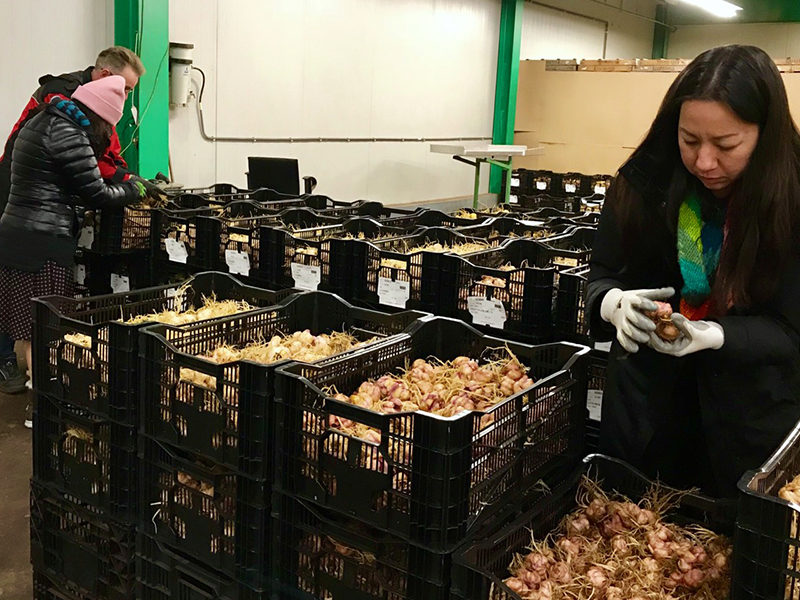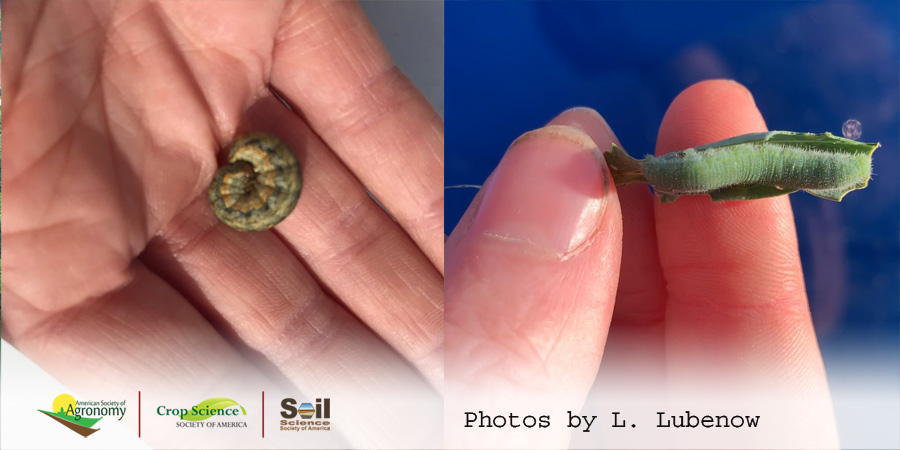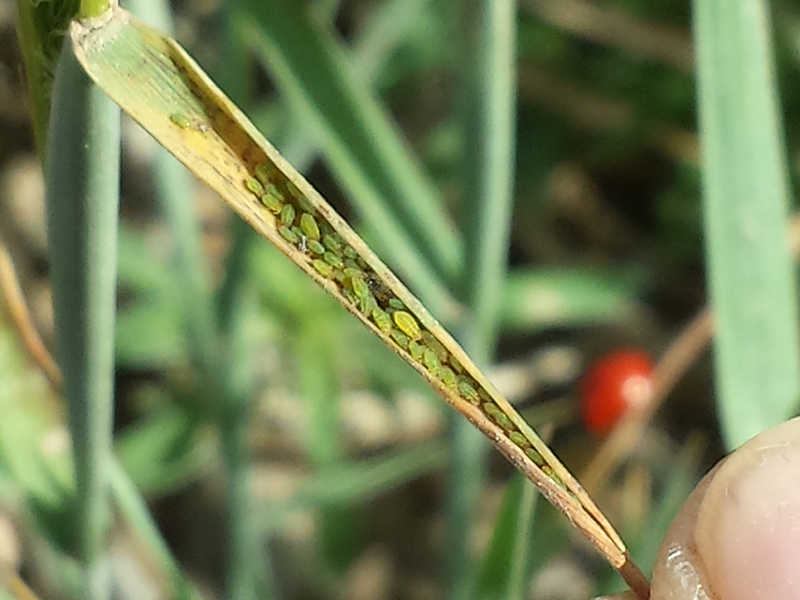In a breakthrough that could redefine tea crop protection, a new study has shed light on the genetic makeup of the tea grey geometrid, Ectropis grisescens. Through the re-sequencing of 43 genomes, scientists have mapped out the pest’s population structure and its remarkable adaptation to tea crops, offering new avenues for managing this agricultural adversary.
Tag: pest management
Study: Wild pig populations in U.S. can be managed
Recent conservation efforts have proven effective at controlling wild pig populations in the Southeastern United States, according to new research from the University of Georgia’s Savannah River Ecology Laboratory and Warnell School of Forestry and Natural Resources. Within 24 months of the start of control efforts in the study area located around the Savannah River Site in Aiken, South Carolina, researchers found a reduction of about 70% in relative abundance of pigs and a corresponding decline in environmental rooting damage of about 99%.

Reviewing the importance of International Year of Plant Health
Protecting plants helps the United Nations meet many of its sustainable development goals

Kellogg and American Society of Agronomy cooperate on Integrated Pest Management webinar series
Farmers and their advisers can attend national or regional webinars

How do farmers and agronomists determine which pests need to be managed?
Using integrated pest management to decide if pesticide is warranted

Protecting American wheat fields
Scientists protect American wheat from aphids – using resistant varieties from Iran

Long-term analysis shows GM cotton no match for insects in India
Genetically modified Bt cotton is the most widely planted cotton crop in India by acreage, and it is hugely controversial. Supporters long touted increased yields and reduced pesticides to justify its pickup. But that argument does not hold up under the first long-term study of Bt cotton impacts in India. The analysis is co-authored by a Washington University in St. Louis anthropologist in the journal Nature Plants.
Azteca ant colonies move the same way leopards’ spots form
What could Azteca ants in coffee farms in Mexico have in common with leopards’ spots and zebras’ stripes?